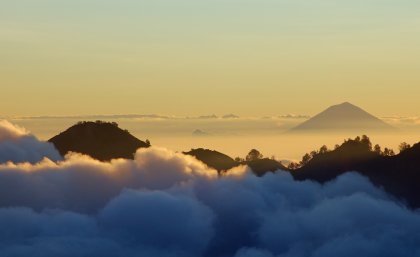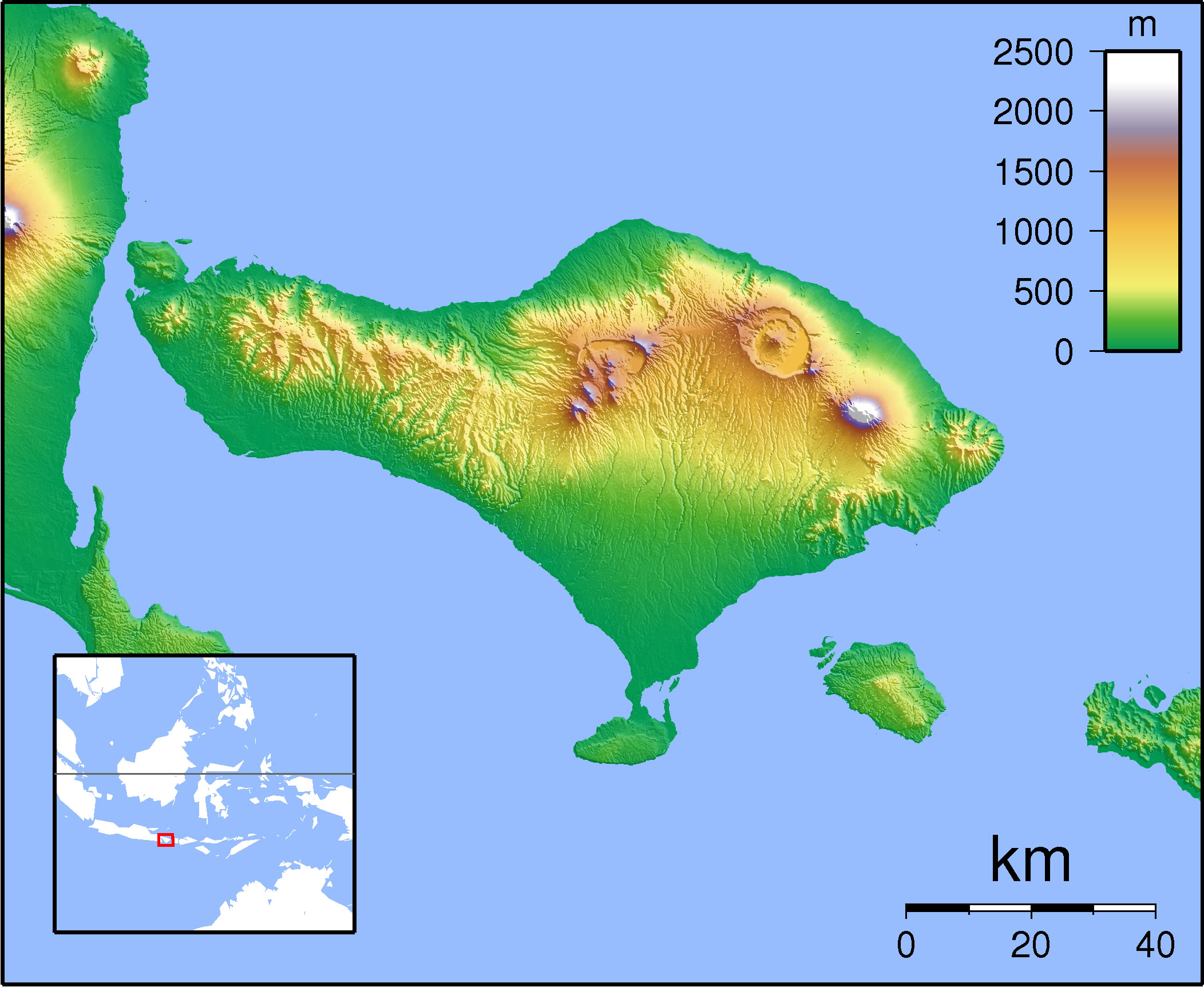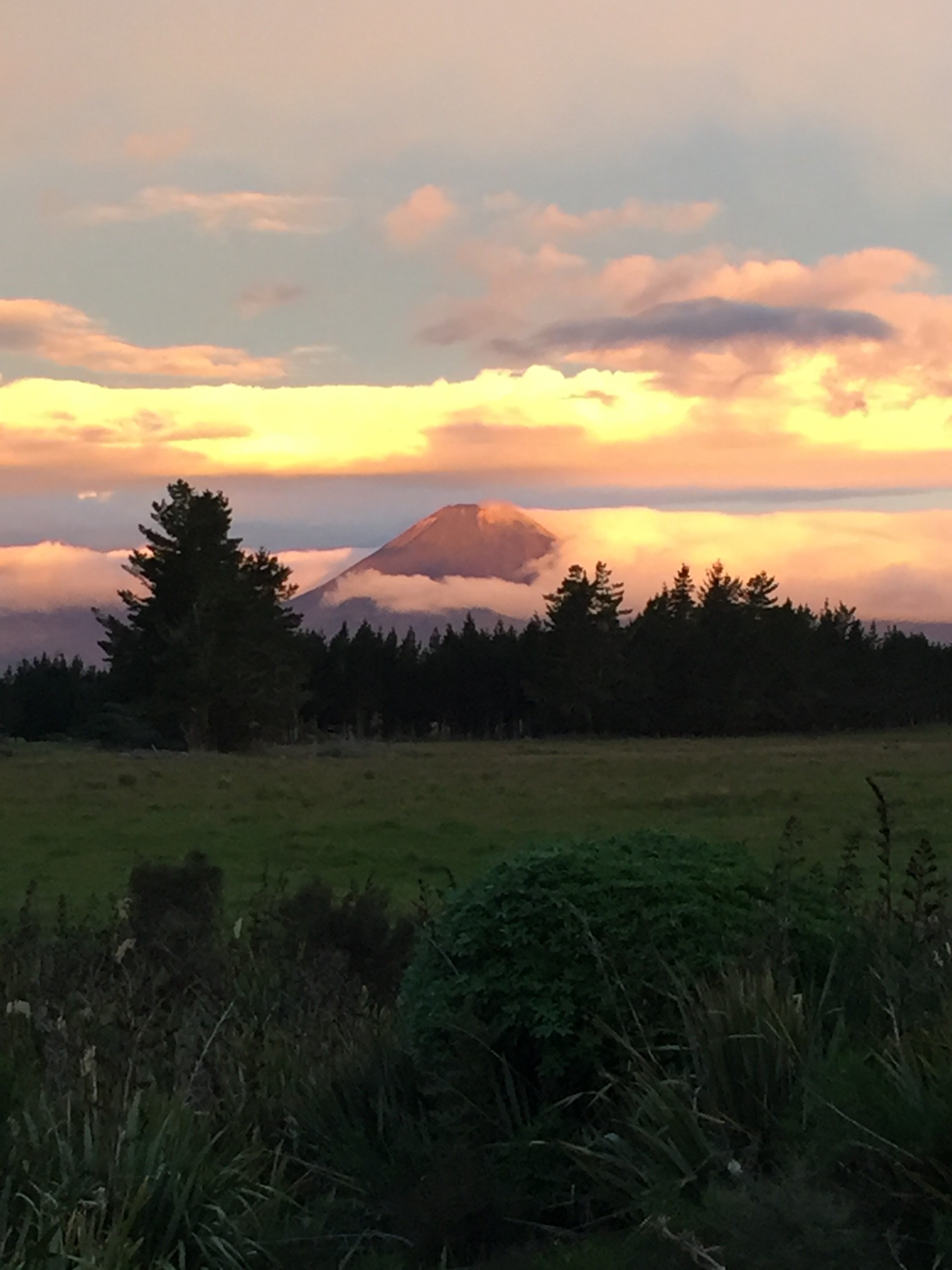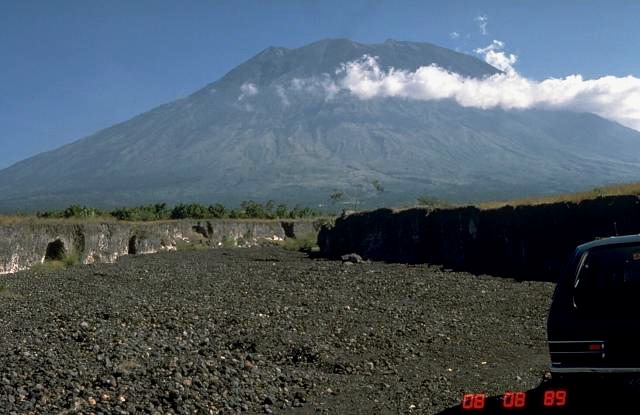
Increasing seismic activity suggests that eruption of Bali’s Mount Agung volcano may be imminent, according to a University of Queensland volcanologist.
UQ School of Earth and Environmental Sciences researcher Dr Teresa Ubide said seismic monitoring at the volcano, which is the highest point on Bali, shows an increasing frequency of tremors, suggesting evidence of hot magma coming to the surface.
“The last time this volcano erupted was in 1963 and was one of the most explosive eruptions of the 20th century, sending hot ash 10 kilometres into the air,” Dr Ubide said.
“More than 1000 people were killed.
 “In the face of current seismic activity, Indonesian authorities this week have raised the alert to the highest level and declared a 12 kilometres exclusion zone around the volcano. So far, about 50,000 people have been evacuated to safer areas.”
“In the face of current seismic activity, Indonesian authorities this week have raised the alert to the highest level and declared a 12 kilometres exclusion zone around the volcano. So far, about 50,000 people have been evacuated to safer areas.”
Dr Ubide said the Mount Agung volcano is part of the Ring of Fire, around the Pacific Ocean, where a large number of earthquakes and volcanic eruptions occur.
The Ring of Fire stretches from New Zealand in the south to Vanuatu and Tonga, Indonesia, Japan, Alaska, and the west coast of the Americas.
“The Ring of Fire is caused by plate tectonics, with the movement of plates coming together causing the highest concentrations of earthquakes and volcanoes on Earth” she said.
“Australia has had volcanic eruptions in its geological history, and The Newer Volcanic Province (Victoria) includes previously active volcanoes spanning from Melbourne to Mount Gambier, which last erupted 5000 years ago and may be considered dormant.
“Australia does have currently active volcanoes which have erupted in the last decade, not on the Australian mainland but in the Territory of Heard and McDonald Islands, a group of Antarctic Islands.”
Dr Ubide said scientists study volcanoes using different techniques, such as seismicity or gas monitoring.
“My studies are a little different. I look at the products of past eruptions – the rock samples – to understand what happened and what is likely to happen with future eruptions,” she said.
“I collect a lot of samples from around the world, including Europe’s most active volcano, Mt Etna in Sicily.
“Since I’ve arrived in Australia, I’ve been looking at extinct volcanoes in Queensland and Northern NSW, applying state-of-the-art analytical techniques and geochemical modelling.”
 Dr Ubide said each volcano has its own personality and her research, which focuses on why, how and when volcanic eruptions start, aims to tell their stories and help solve diverse geological questions.
Dr Ubide said each volcano has its own personality and her research, which focuses on why, how and when volcanic eruptions start, aims to tell their stories and help solve diverse geological questions.
Images: map above, Mount Agung in white. Image - Sadalmelik
Left, Mount Agung: Image - Tom Pierson US Geological Survey
Right: Another Ring of Fire Volcano, Mount Ngauruhoe, New Zealand. Image - Dr Teresa Ubide
Media: Dr Teresa Ubide, t.ubide@uq.edu.au, +61 7 336 52677, +61 (0)403 334 152.
.jpg)










